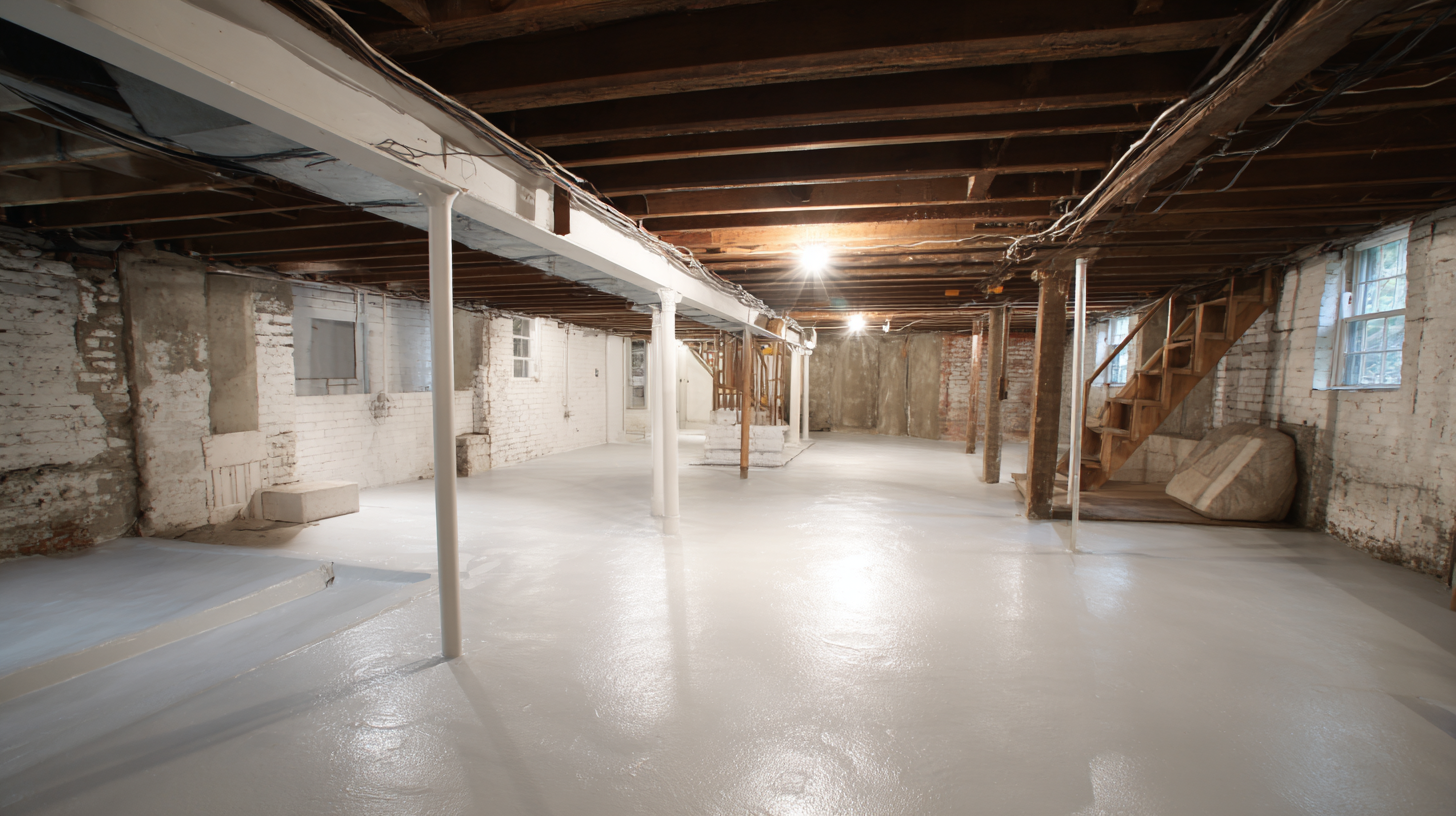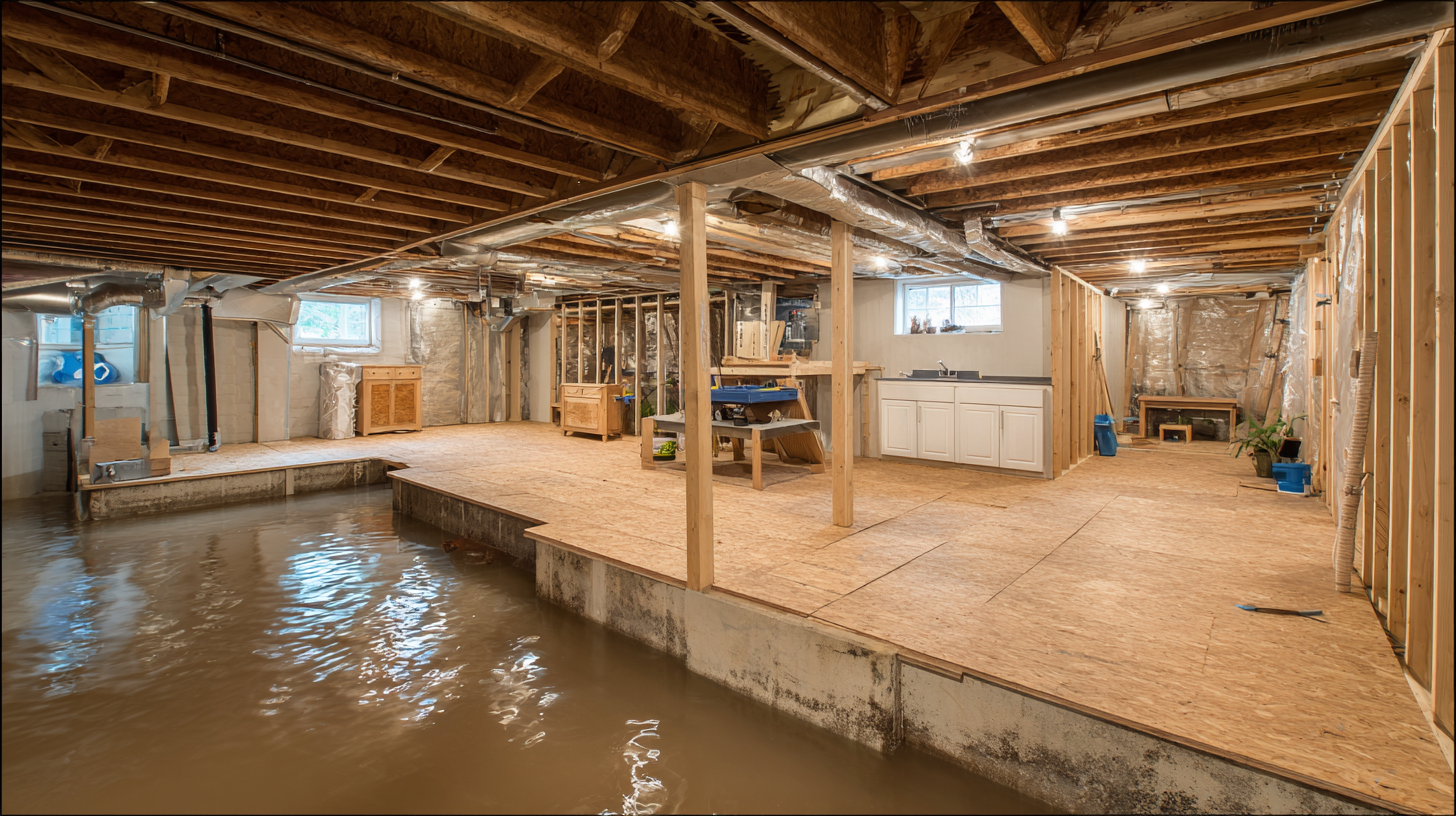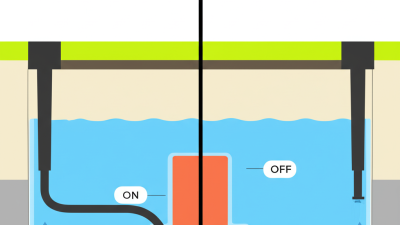Understanding the Importance of Basement Waterproofing Systems for Home Protection
When it comes to protecting your home from the damaging effects of moisture and water intrusion, understanding the importance of basement waterproofing systems is crucial for any homeowner. Neglecting to implement effective waterproofing measures can lead to a host of problems, including mold growth, structural damage, and compromised indoor air quality. This article delves into the various types of basement waterproofing systems available, highlighting their key features, benefits, and the best practices for installation and maintenance. By investing in reliable waterproofing solutions, homeowners can safeguard their properties against the risks associated with water damage, ultimately enhancing the longevity and value of their homes. Join us as we explore the essential role that basement waterproofing systems play in home protection, ensuring peace of mind in your living space.

How to Assess the Risk of Basement Water Damage in Your Home
Assessing the risk of basement water damage in your home is crucial for effective water protection and maintaining the structural integrity of your property. Start by checking your basement for signs of moisture, such as damp spots, mold growth, or musty odors. These indicators can reveal underlying issues such as inadequate drainage or poor waterproofing. Additionally, inspect the exterior of your home, ensuring that gutters are clear and that downspouts direct water away from the foundation. Proper grading around your home can also mitigate water pooling near the basement.
Consider also the local climate and geological conditions. Homes in areas with heavy rainfall or high water tables face increased risks, making it vital to be proactive in assessing water damage potential. Knowing the history of the land and the erosion patterns can inform your waterproofing strategies. In some cases, engaging professional services to conduct thorough assessments may uncover hidden risks, ensuring that your home remains protected from the detrimental effects of water intrusion.
How to Choose the Right Basement Waterproofing System for Your Needs
When selecting the right basement waterproofing system, it is essential to assess your specific needs and the unique characteristics of your home. According to the American Society of Home Inspectors, approximately 60% of homes in the U.S. experience some form of moisture intrusion in the basement, making waterproofing not just a luxury but a necessity. For homes in areas with high groundwater levels, a sump pump system can be particularly effective, working to prevent water accumulation and protect your living space from mold and structural damage.

Another aspect to consider is the type of waterproofing solution—interior or exterior. Interior systems, including sealants and drainage mats, are usually easier to install and more cost-effective. However, for long-term protection, exterior waterproofing methods, such as membrane applications, provide a more robust defense against water infiltration. Industry reports indicate that investing in proper basement waterproofing can increase a home's resale value by up to 20%, underscoring the importance of selecting a system that aligns with your financial and structural needs.
How to Prepare Your Basement for Effective Waterproofing
Preparing your basement for effective waterproofing is a crucial step in protecting your home from potential water damage. Begin by thoroughly inspecting your basement for any signs of moisture or existing leaks. Look for cracks in the walls, damp spots, or mold growth, as these indicate areas that require immediate attention. Ensure all windows and vents are sealed properly, and consider installing window well covers to shield against rainwater accumulation. Removing any clutter will not only create a safe workspace but also minimize moisture retention in your basement.
Next, it’s essential to address drainage issues. Check the grading around your home to ensure water flows away from the foundation. This can be achieved by landscaping adjustments or installing French drains if necessary. Additionally, consider applying a waterproof sealant to the walls and floors after repairs are made. This will provide a protective barrier against moisture infiltration. By taking these preparatory steps, you can create an effective foundation for your waterproofing system, thus enhancing your home’s resilience against water damage.
Importance of Basement Waterproofing Systems
Understanding the risks associated with ineffective basement waterproofing is crucial for homeowners. This chart illustrates the various impacts, including water damage, mold growth, risks to structural integrity, home value depreciation, and potential health risks, all measured in percentage levels of impact.
How to Maintain Your Basement Waterproofing System for Longevity
Maintaining your basement waterproofing system is crucial for ensuring its long-lasting effectiveness in protecting your home from moisture damage. Regular inspections should be a priority; check for any visible signs of wear and tear, such as cracks in the foundation or peeling paint. This proactive approach can help you identify potential issues before they escalate into significant problems.
Tips for upkeep include cleaning your gutters and downspouts regularly to prevent water from pooling around your home’s foundation. Ensure that the grading around your property directs water away from your basement. Additionally, consider installing a sump pump if you haven't already, as it can provide an extra layer of protection against flooding.
Another essential aspect of maintaining your waterproofing system is to monitor humidity levels within your basement. Using a dehumidifier can help control excess moisture, preventing mold growth and deterioration of the waterproofing barrier. Invest in quality sealing products to address any small leaks promptly, and keep the area around your basement dry to enhance the overall effectiveness of your waterproofing system.
How to Identify Signs of Moisture Problems in Your Basement
Identifying signs of moisture problems in your basement is crucial for maintaining a healthy home environment. Homeowners should be vigilant for visible signs such as water stains on walls or floors, which often indicate leakage. Dark spots or mold growth can also signal excessive moisture, potentially leading to structural damage and health issues. If you notice musty odors, it may be a clear indication of trapped humidity or water intrusion that needs immediate attention.
In addition to visual signs, it’s important to monitor the basement’s overall atmosphere. If you frequently experience condensation on windows or walls, this suggests high humidity levels that can create a breeding ground for mold. Cracks in the foundation or walls can also be a cause for concern, as they may allow water to seep in during heavy rains. Regularly checking for these indicators can help homeowners take proactive measures to address moisture issues before they escalate, ensuring that their basement remains dry and the home stays protected.

